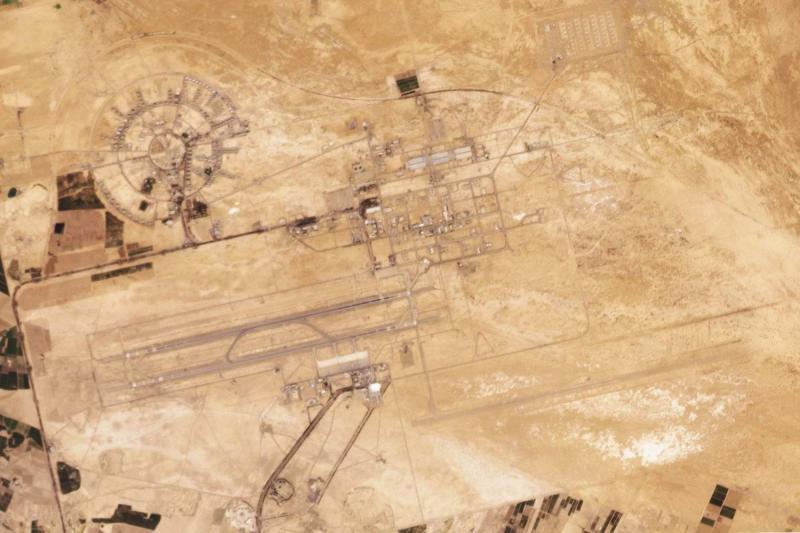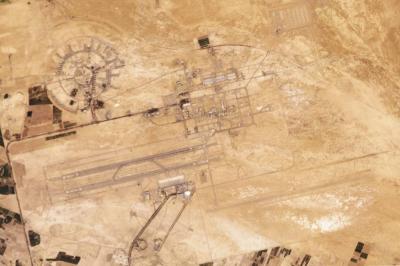While Israel has not officially claimed responsibility for the attack on a military airbase in Isfahan last week, Israeli officials have revealed new information. They indicated that Israeli leaders considered striking several military targets across Iran, including sites near the capital Tehran. They disclosed that Israel abandoned plans for a broader attack on Iran following diplomatic pressure from the U.S. and its allies, as reported by The New York Times. They stated that Israeli Prime Minister Benjamin Netanyahu changed his stance on responding to Iran after a call with U.S. President Joe Biden.
Additionally, they clarified that Israel deployed small drones (koda-copters) to disrupt Iranian air defenses and noted that it launched a limited number of missiles from aircraft stationed hundreds of kilometers west of Iran instead of sending fighter jets into its airspace. Regarding the objective of the Israeli attack, officials indicated that Israel aimed to demonstrate its capability to strike Iran without entering its airspace or activating its air defense systems. They added that Tel Aviv wanted to convey a message that it could target air defense systems amid Iran, where several major nuclear facilities are located.
Satellite images showed that the Israeli strike, which targeted the eighth air base in Isfahan at dawn last Friday, 340 km south of Tehran, hit a significant and specific part of the Russian-made S-300 air defense system. It was also indicated that the strike damaged or destroyed the "mobile cover" radar used in S-300 systems for tracking incoming targets. It is worth noting that Tehran downplayed this attack in previous statements from its officials, denying having been hit by Israeli missiles or airstrikes, merely claiming that it shot down a few drones. Iranian Foreign Minister Hossein Amir-Abdollahian compared the attack to a children's game, asserting that there would be no Iranian retaliatory response unless "national interests" were targeted.




